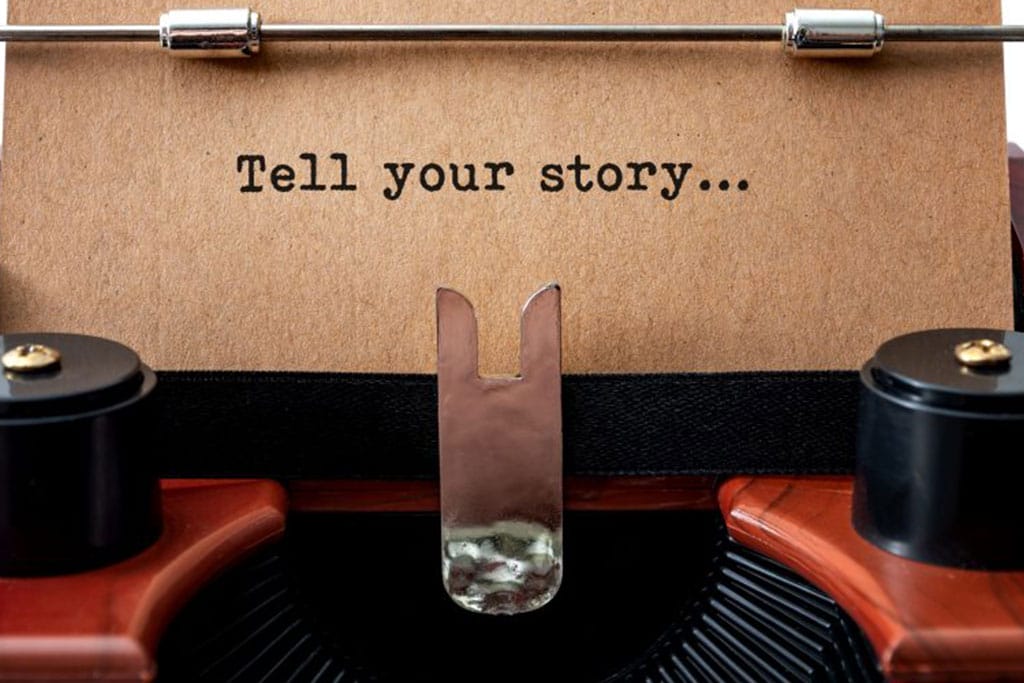

October 24, 2014
Were you aware that the “movement” to self-publishing is actually a return to self-publishing? Before the industrial era’s shift to publishing consolidation, authors often published their own works. Let’s review self-publishing history.
In fact, A Christmas Carol by Charles Dickens was self-published in 1843. Dissatisfied with sales of his last book, Martin Chuzzlewit, Dickens refused a one-time payment for his book in favor of a percentage of the profits. He paid publishers Chapman and Hall to print the book on December 19, 1843, and the initial run of 6,000 books was sold out by Christmas Eve.
Other famous self-publishers include Walt Whitman, Charles Ives, Marcel Proust, Irma S. Rombauer, Edgar Allan Poe, Mark Twain, and many more. Needless to say, self-publishing in the pre-digital 19th and 20th centuries was an expensive proposition. Consequently, those who managed to self-publish were wealthy enough to pursue that option as you can see from this self-publishing history.
Today, the internet has democratized many industries, including music and film industries. Musicians and film artists no longer require the extensive production capabilities, distribution channels, and financial resources of a major corporation. The average person now has access to an array of options for producing and distributing their work. Likewise, the options now available to authors would make Charles Dickens weep in his grave. The digital era has transformed how we publish and market the written word, and the historical obstacles have been swept aside.
Now, however, a new challenge is emerging for authors — how to stand out in a sea of published works. In other words, now that the average man or woman can easily self-publish, there are a great many books on the market. According to UNESCO (United Nations Educational, Scientific and Cultural Organization), self-publishing produced more books in 2012 than the entire traditional publishing industry did in 2010.
So how can a self-published author stand out from the rest? Here are three tips that will put you far ahead of the crowd as part of your own self-publishing history:
With a little guidance, effort, and practice, you can approach your self-publishing history as a professional. The market will recognize you as such, and who knows? Maybe you’ll be our generation’s Charles Dickens.
Copyright 2014, Charles J. Chamberlain
Be sure to check out our online printing calculators so you can start your own self-publishing history. Also take a look at our numerous 5-star Google reviews.
© 2025 Publishing Xpress. All Rights Reserved.